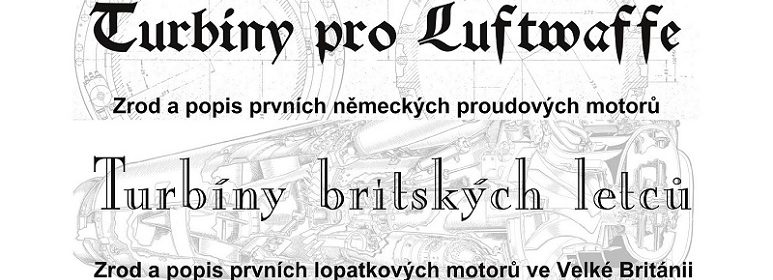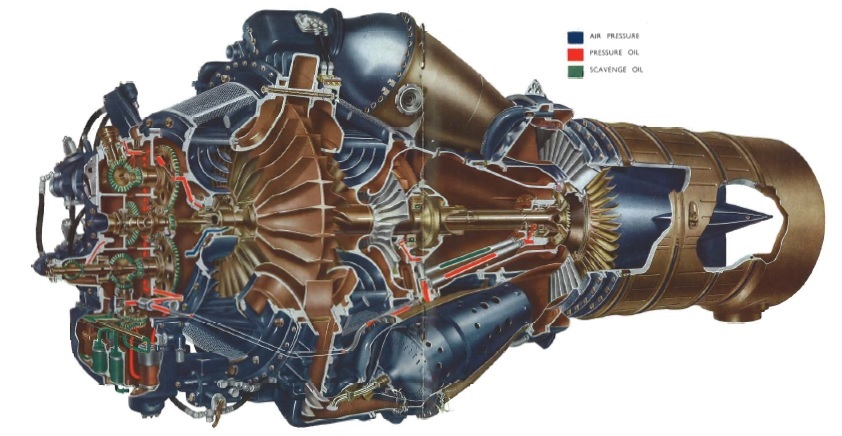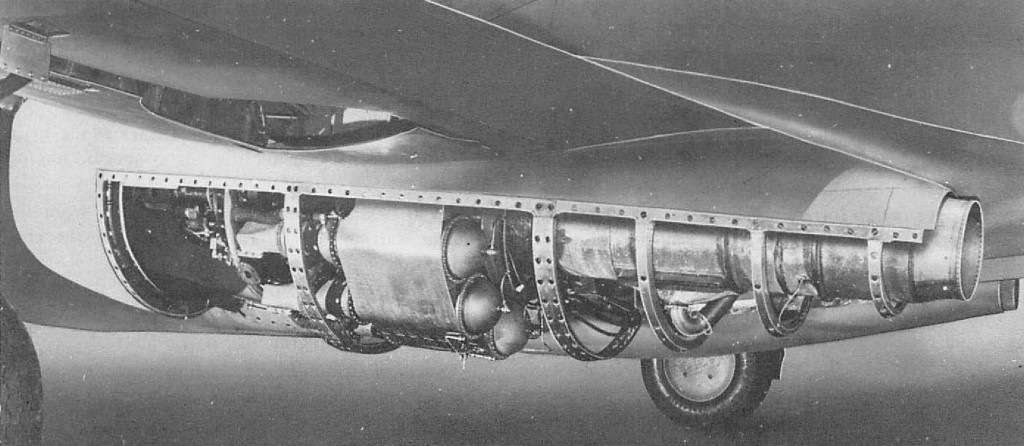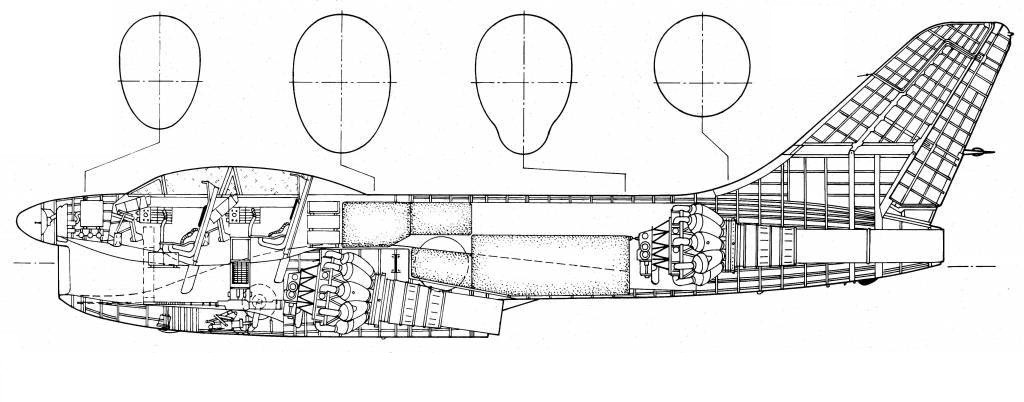Due to that the book Turbines for Luftwaffe describes only a German way of an evolution of the first turbojet engines and jet planes, thus presently I publish the second publication with a title Turbines of British pilots. It is a detailed book about a beginning of the evolution british gas turbines and their carriers with an overlap into another world countries (France, USSR, Czechoslovakia).
It is again a quite extensive topic with a couple of foreign sources, with detailed description of an individual construction of engines and planes. There is a 610 pages (A4 page format) and 1367 pictures.
ISBN 978-80-270-8555-2
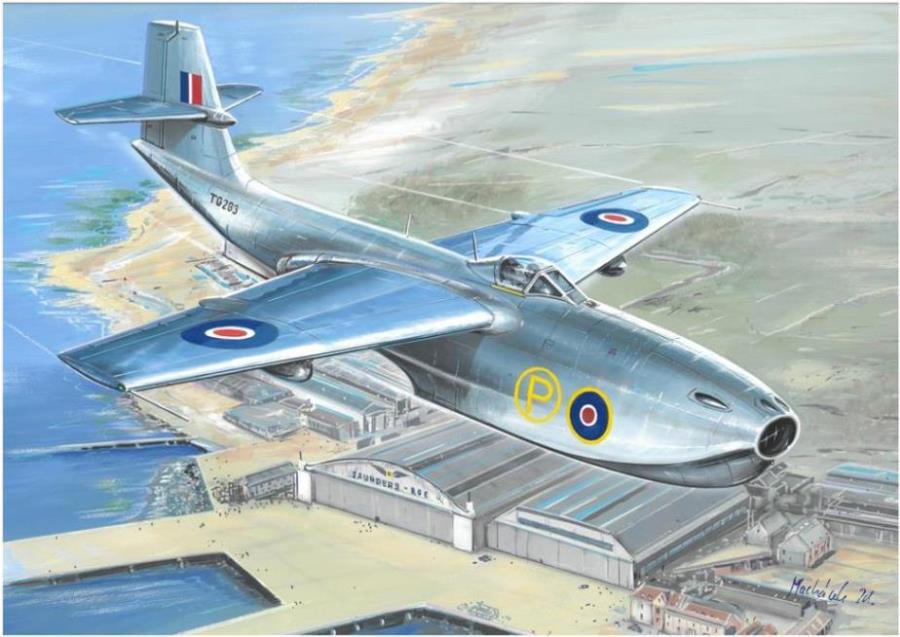
It is prototype of British jet seaplane Saunders–Roe SR.A/1 with two axial jet engines Metropolitan–Vickers F.2/4 Beryl (special picture by Z. Macháček on the cover of the book)
Text from the cover of the book
The origin and development of the first gas turbine motors in Great Britain during the 1930s and 1940s is a story of great ideas from outstanding designers and technicians there. The high level of the British aviation industry combined with a long technical tradition have been a good basis for the emergence of many different types of aircraft propulsion, built on the reactive or turboprop principle.
The creation of the first functional jet engine by Frank Whittle was preceded by many considerations and researches. It was probably one of the most fundamental discoveries in the history of aviation, a literally revolutionary invention. At the same time, it was necessary to apply an innovative approach to the design of high–speed propellerless–driven aircraft attacking the supersonic speed barrier. The designers had to deal with many completely new and complex problems, which resulted in excellent technical solutions.
The book entitled Turbines of British pilots presents the reader with an extensive explanation of the circumstances of the origin of the first British gas turbine engines, used elsewhere than in aviation. It brings many technical details about specific types of jet and turboprop propulsion, as well as a description of a large range of jets not only in the service of the Royal Air Force. The book also describes the circumstances of the race for the jet fighter with Nazi Germany, when the timely deployment of jet technology on both sides could significantly affect the end of II. world war.
This publication will allow the reader to get closer to the secrets of extremely interesting devices, such as aircraft turbine drives. So whoever wants to at least indirectly take a stand in the situation of the then aircraft designers and test pilots, does not have to do anything easier than open this book.
A section of a British Rolls–Royce Nene radial jet engine, which directly describes the construction and function of this well–known post–war engine
The left engine of the General Electric I–16 type in the nacelle of the first American serial–produced Bell P-59 Airacomet jet aircraft
Soviet post–war two–seat interceptor aircraft Su-15 with two unconventionally stored radial jet engines RD–45F (a copy of the British jet engine Rolls–Royce Nene)
